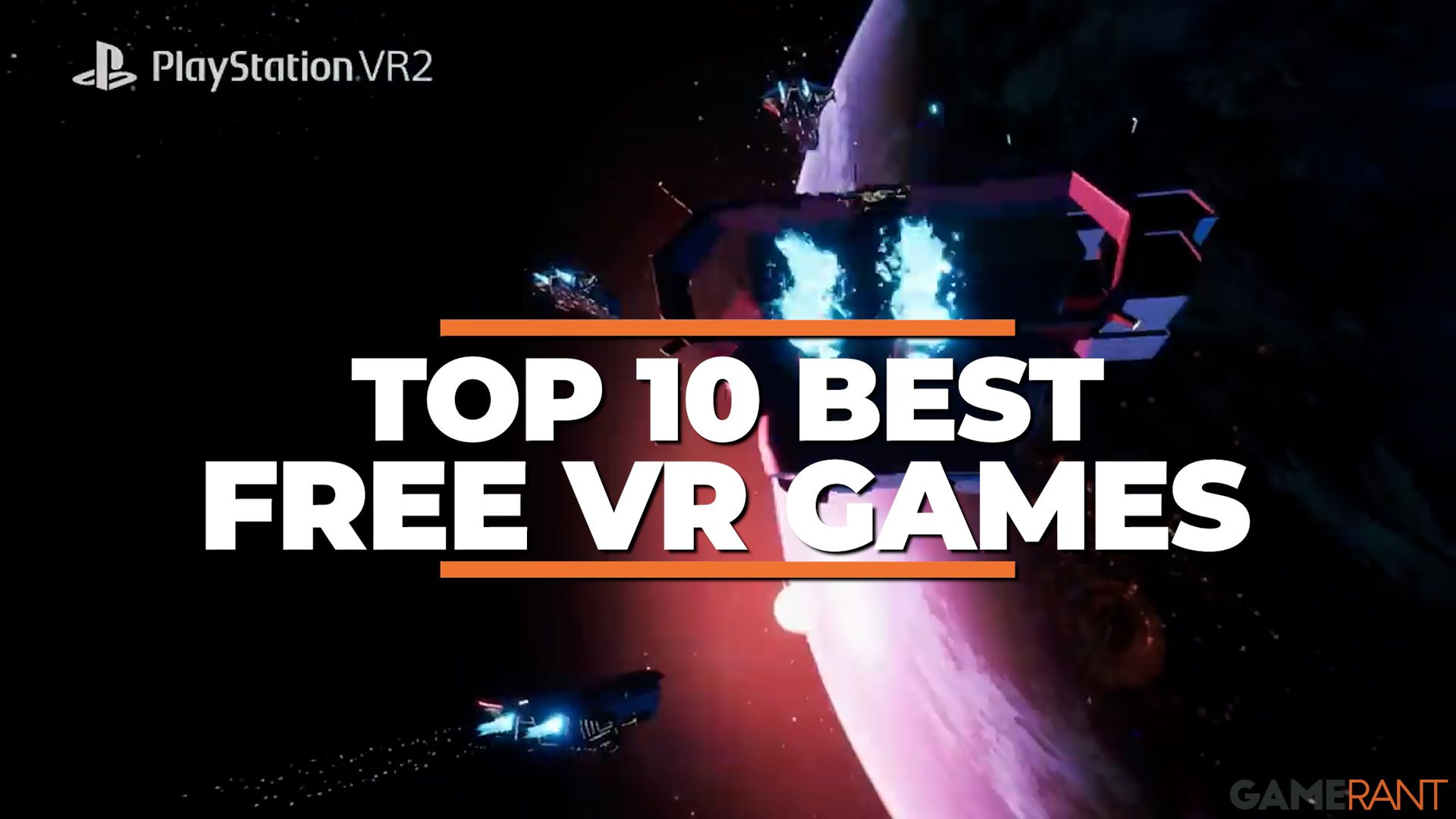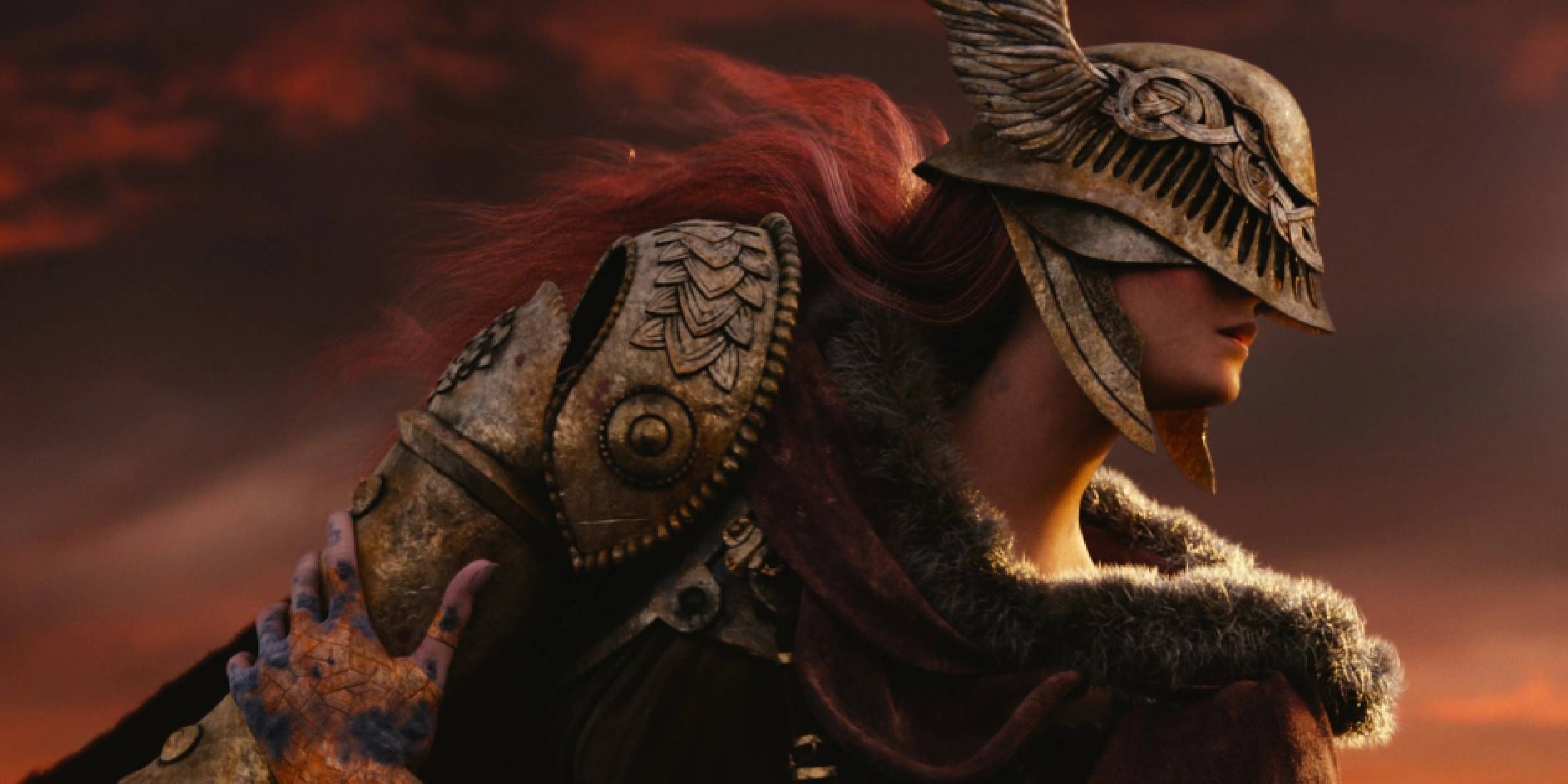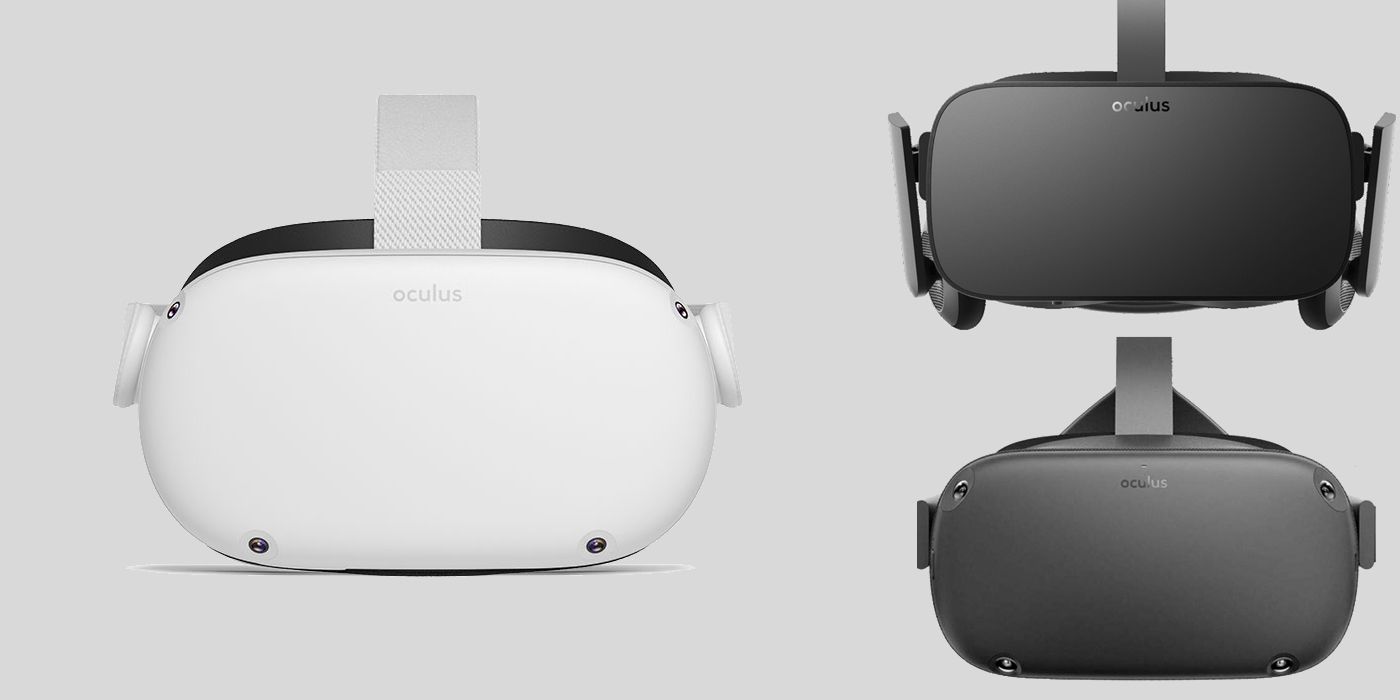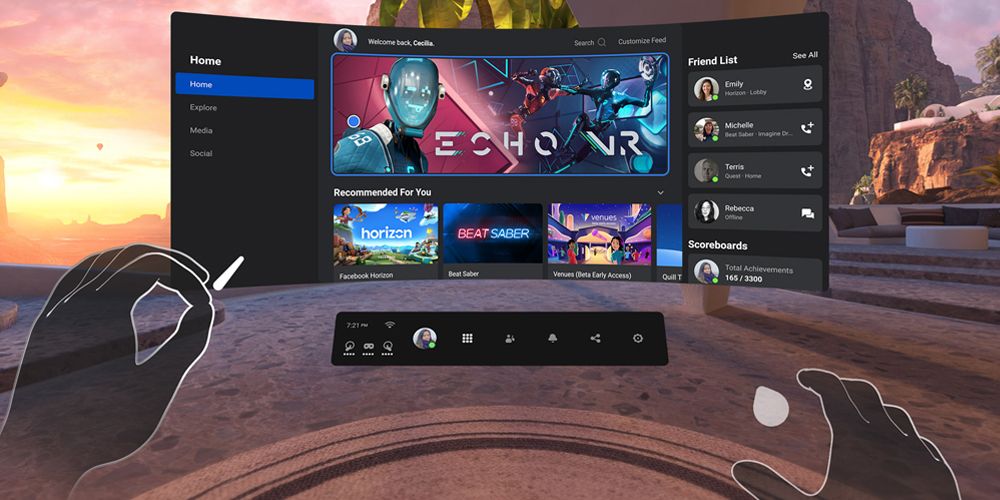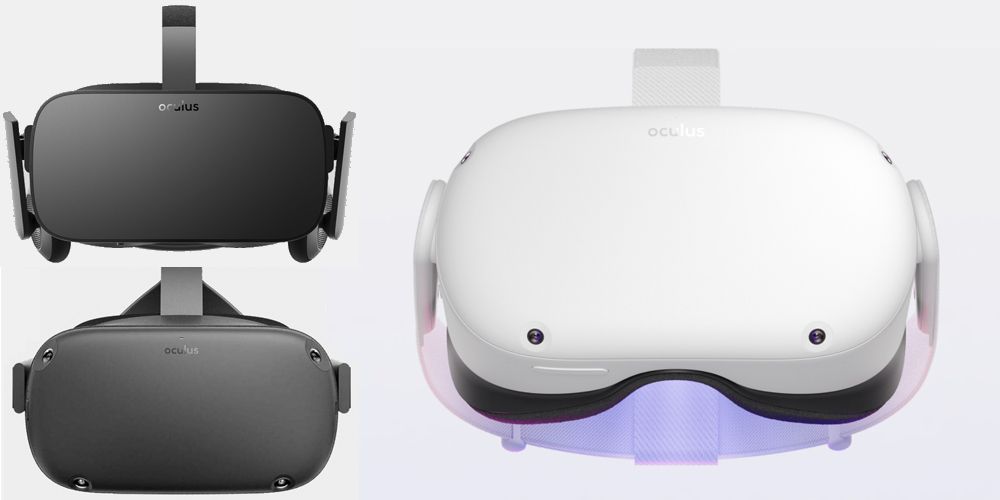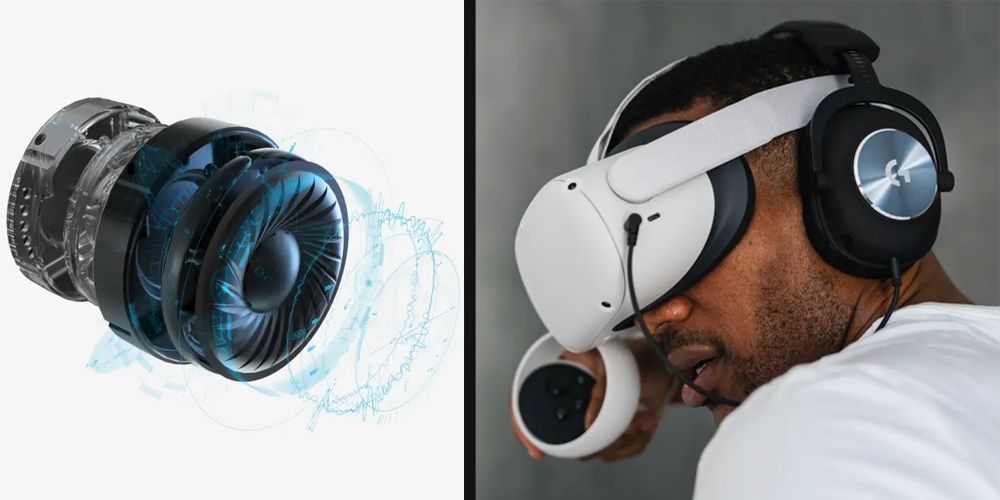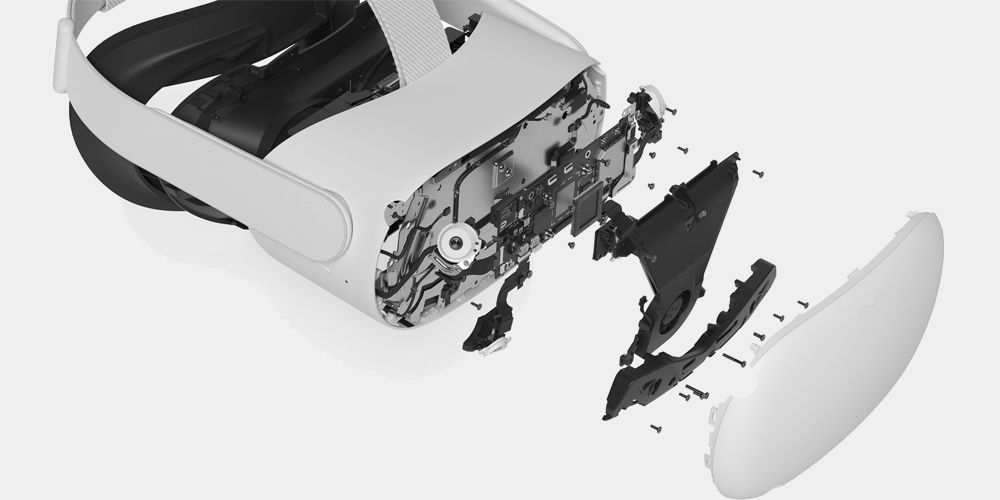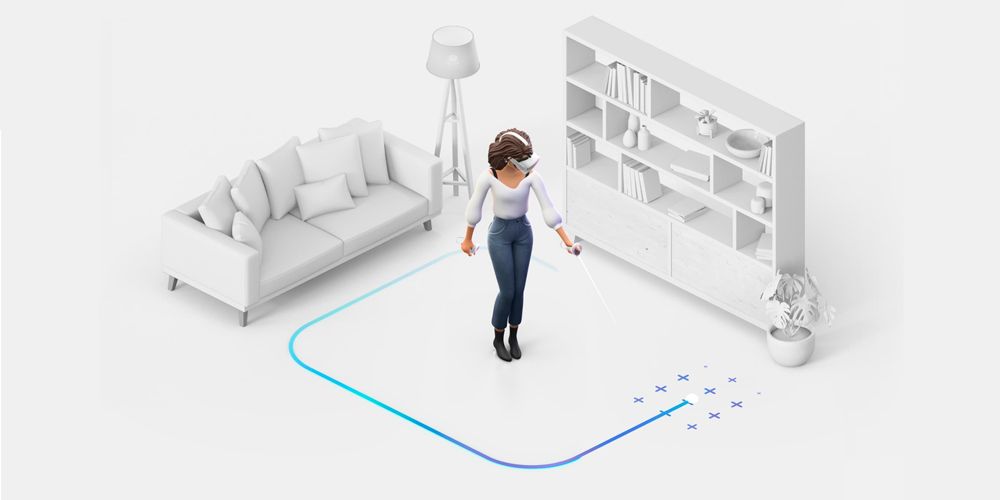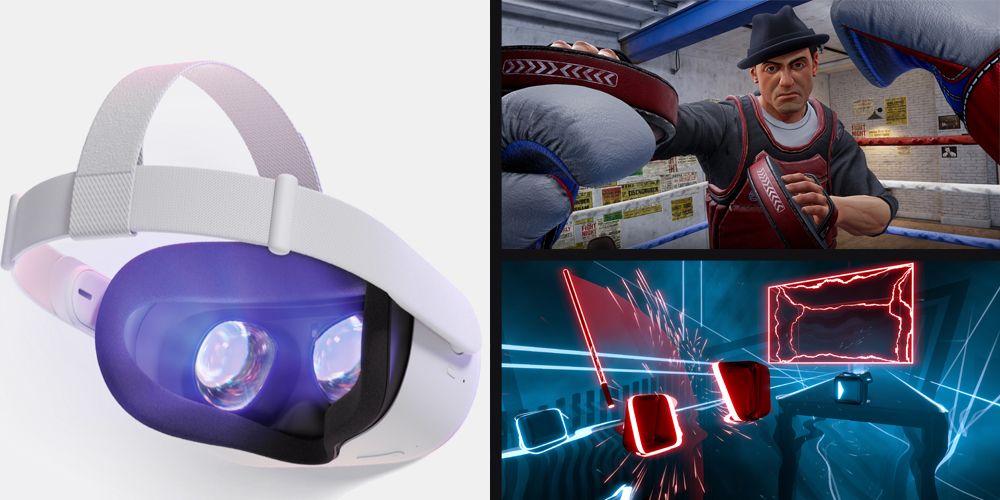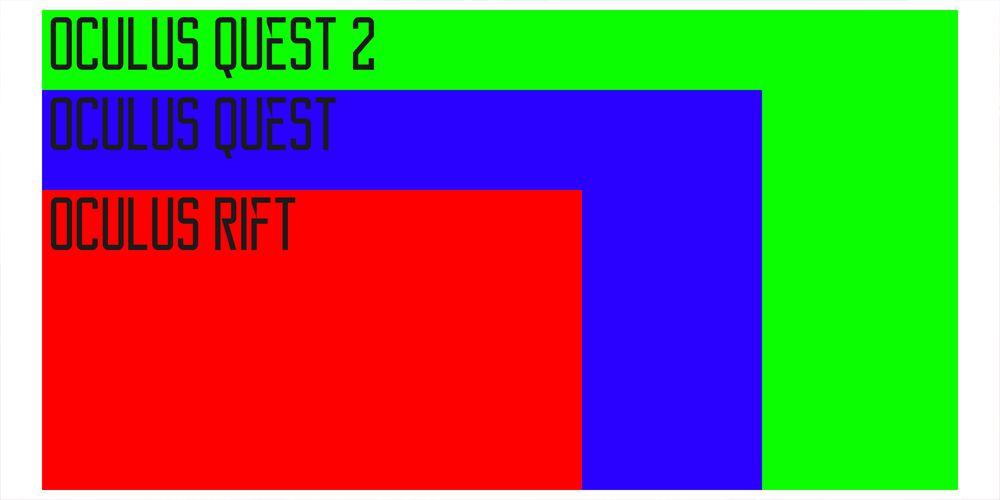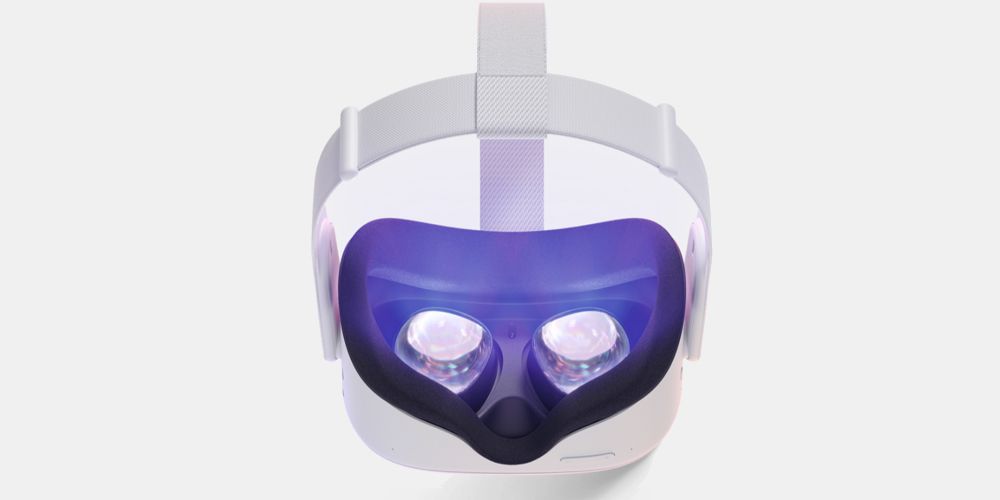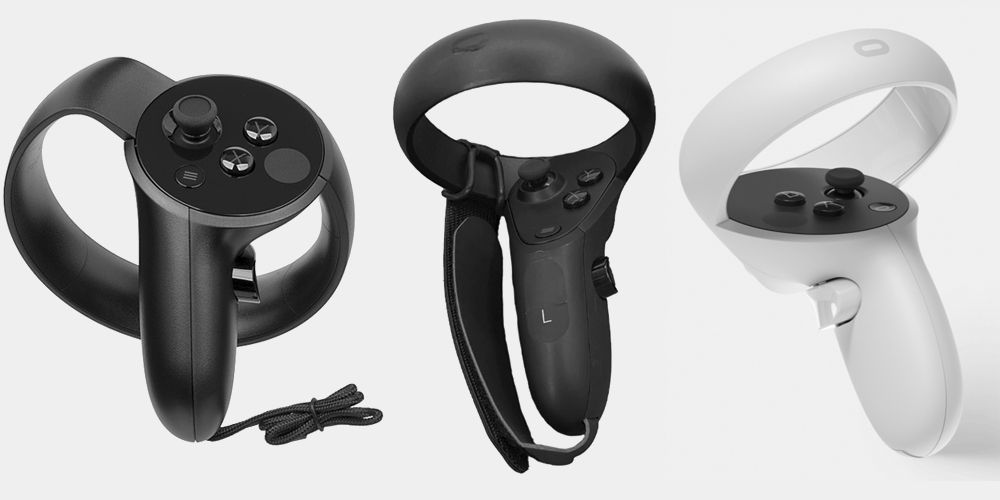Although many gamers are firmly focused on the impending console war, Sony and Microsoft aren't the only ones making headlines with their upcoming hardware releases. This week Facebook announced a new model of the Oculus Quest and — on paper at least — and it looks to be a pretty significant upgrade.
The Quest 2 will launch on October 13th, and with a starting price of $299, it will be the cheapest Oculus headset to date. Improvements have been made in almost every department, with the Quest 2 promising to deliver the best Oculus VR experience yet. Facebook is calling the new headset "the future of VR gaming," but how exactly does the Quest 2 stack up when compared to some of its predecessors?
10 Price
When VR gaming first came to the commercial market back in 2016, one of its biggest drawbacks was the price. Thankfully, the cost of entry has been falling drastically with each iteration — and at $299 — the Quest 2 continues this trend.
It will cost $100 less than the original Quest and is a staggering 50% cheaper than the Rift was at launch ($599). Considering that modern Oculus headsets no longer require a high-end PC, it's safe to say that VR gaming has never been more accessible.
9 Weight
At just 503 grams, the Quest 2 will be one of the lightest VR headsets on the market. Facebook has somehow managed to shed around 68 grams between models. That said, the Quest 2 actually weighs in a little heavier than the Rift (470 grams) thanks to its extra internals.
8 Design
The Quest 2 will be the first white mainline Oculus headset, with all previous headsets having been black/grey. No longer is the head-strap made out of rubber either, with the Quest 2 sporting a soft cloth strap which should help to improve comfort. If not, they'll be selling an "elite" strap as an optional extra. The Quest 2's slimmer profile should also help out in the comfort department.
Like the models that came before it, users will be able to adjust the position of the lenses in the Quest 2 to best match their IPD (interpupillary distance).
7 Audio
The Quest 2 will support 3D Audio through both its built in speakers and the included 3.5mm headphone jack. Although the speaker clarity has improved with each model, many enthusiasts still opt to use their own headphones and so news of the continued inclusion of a headphone jack (something that consumers can no longer take for granted) will be welcomed.
On that note, Facebook did reveal the Logitech G Pro VR headphones, which have been designed specifically with VR in mind. Thanks to its 3D Audio capabilities though, the Quest 2 should provide an improvement to audio quality regardless of how players are listening.
6 Internals
The Quest 2 will be the first VR headset to be driven by Qualcomm's Snapdragon XR2 processor. This should provide a noticeable improvement over the Snapdragon 835 found in the original Quest. The amount of RAM has also been increased from 4GB to 6GB and there's an option for a 256GB internal hard drive as well.
5 Tethering
As with the Quest before it, Quest 2 users wanting the very best experience will likely still need to tether to their gaming rigs for some of the more demanding games on the market. Thanks to the improved internals though, the amount of time spent tethered should be cut significantly.
Of course, whether or not to play tethered wasn't even an option with the original Rift. As the first generation of Oculus headsets didn't do any of the heavy lifting internally, a high powered gaming rig and a tether were prerequisites. In this regard, the Quest 2 really does emphasize how far VR gaming has come in a relatively short amount of time.
4 Refresh Rate
The Rift actually has the edge here as it is the only Oculus headset capable of delivering a refresh rate of 90HZ at launch. As with the Quest before it, the Quest 2 will have a refresh rate of 72HZ when it goes on sale in October. Facebook has promised that 90HZ refresh rates will come in a future update though.
As well as providing players with a smoother experience, the increased refresh rate should also help to reduce motion sickness.
3 Resolution
The Quest 2 will be the highest resolution Oculus headset yet. At 1832x1920 per eye, it provides a significant improvement over the original Quest (1440x1600 per eye) and nearly three times as many pixels as the Rift (1080x1200 per eye). It's still not quite as sharp as the HP Reverb G2, although at around half the price this should perhaps be expected.
2 Display Type
The Quest 2 will utilize a fast switching RGB stripe LCD display rather than the PenTile OLED technology found in its predecessor. In theory, this should lead to smaller gaps between pixels and, along with the increased resolution, help to provide a much crisper image.
Display technology really has come a long way in a relatively short amount of time. This should be particularly apparent when comparing the Quest 2's display with the PenTile AMOLED display found in the Rift. Side by side, the difference will be like night and day.
1 Controllers
The first generation of Oculus Touch controllers used external tracking to determine hand positioning. Unfortunately, this could sometimes lead to inconsistent tracking depending on sensor placement. For the second iteration, however, the team switched to inside out tracking. This allowed the controllers to instead be picked up by tracking cameras in the headset and provided a much more consistent experience.
Like the headset itself, the Quest 2's controllers will come in white. Their design is something of a mix between the first two iterations of Touch controllers with Facebook promising improved gesture tracking and usability as a result. They're also promising improved battery life, with claims that they'll last up to four times longer thanks to a reduction in the number of internal tracking LEDs.

